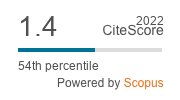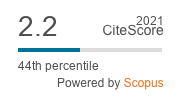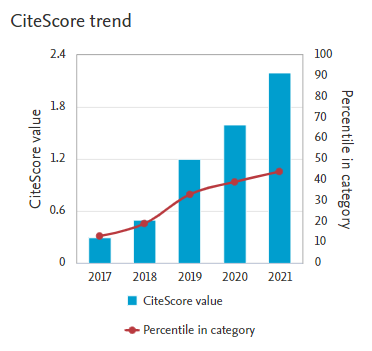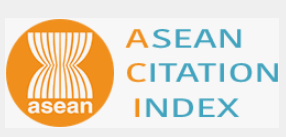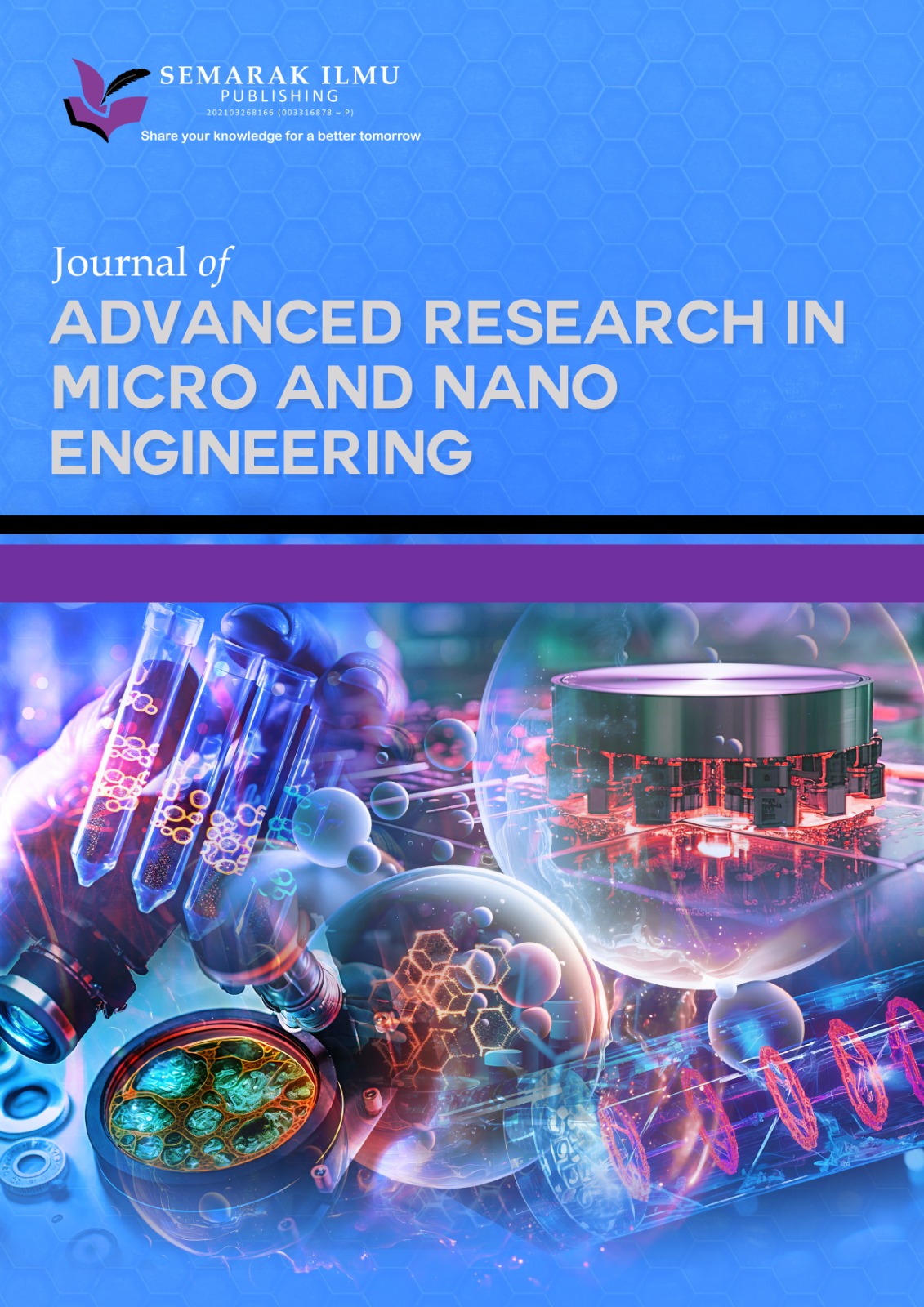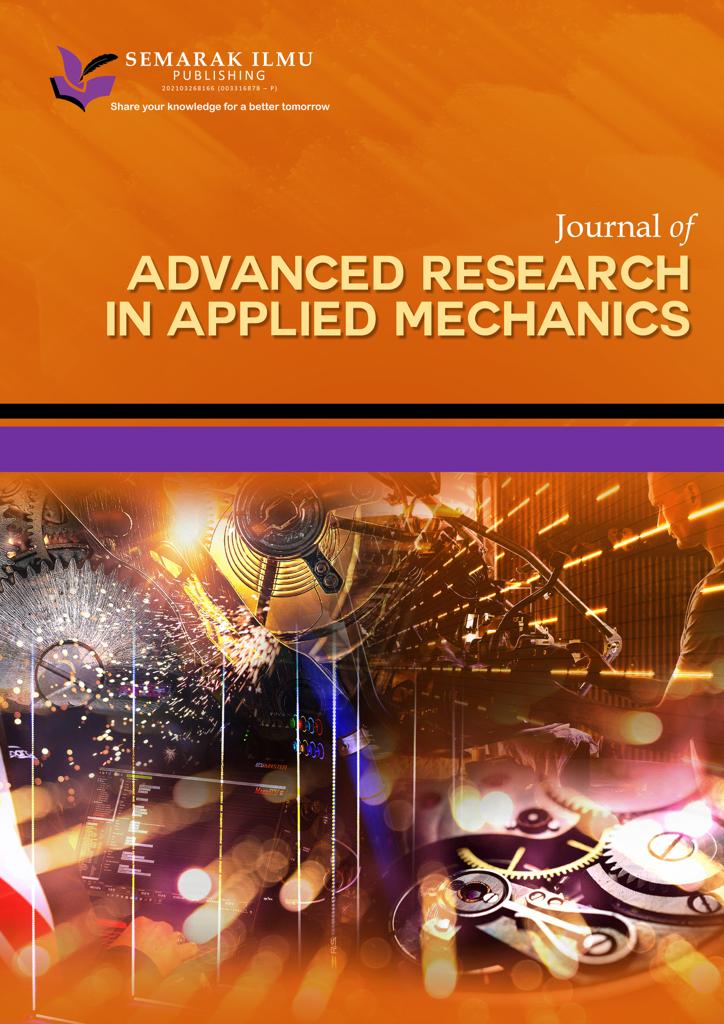Optimizing CZTS Solar Cells Efficiency using Eco-Friendly Layers by SCAPS Simulation
DOI:
https://doi.org/10.37934/arfmts.119.2.7990Keywords:
Photovoltaic, solar cell, thin-film solar cells, CZTS, buffer layer, SCAPSAbstract
This study delves into the simulation of CZTS (Copper Zinc Tin Sulfide) solar cells, with a primary focus on the incorporation of environmentally sustainable layers. By conducting extensive simulations, we systematically analyze the performance of CZTS solar cells, emphasizing the utilization of eco-friendly materials. Our research encompasses a range of aspects, such as employing the SCAPS-1D software to simulate the foundational MoS2/CZTS/TiO2/ITO:Al structure in order to assess the optimal efficiency of three different CZTS-based solar cells enhanced with MoS2. This involved modifying the thickness of the absorptive layer in each cell and fine-tuning the thickness of MoS2. Moreover, we observed the temperature-dependent behavior of CZTS cells, which is linked to the rise in electron energy levels with increasing temperatures, consequently affecting the bandgap. In order to boost the performance of solar cells, we carried out a detailed analysis of the work function of the rear contact. Our computational evaluations decisively propose platinum as a more beneficial option than molybdenum for the back metal contact. Additionally, our results indicated that platinum could serve as a favorable back contact choice with an efficiency of 20.9151%.
Downloads








